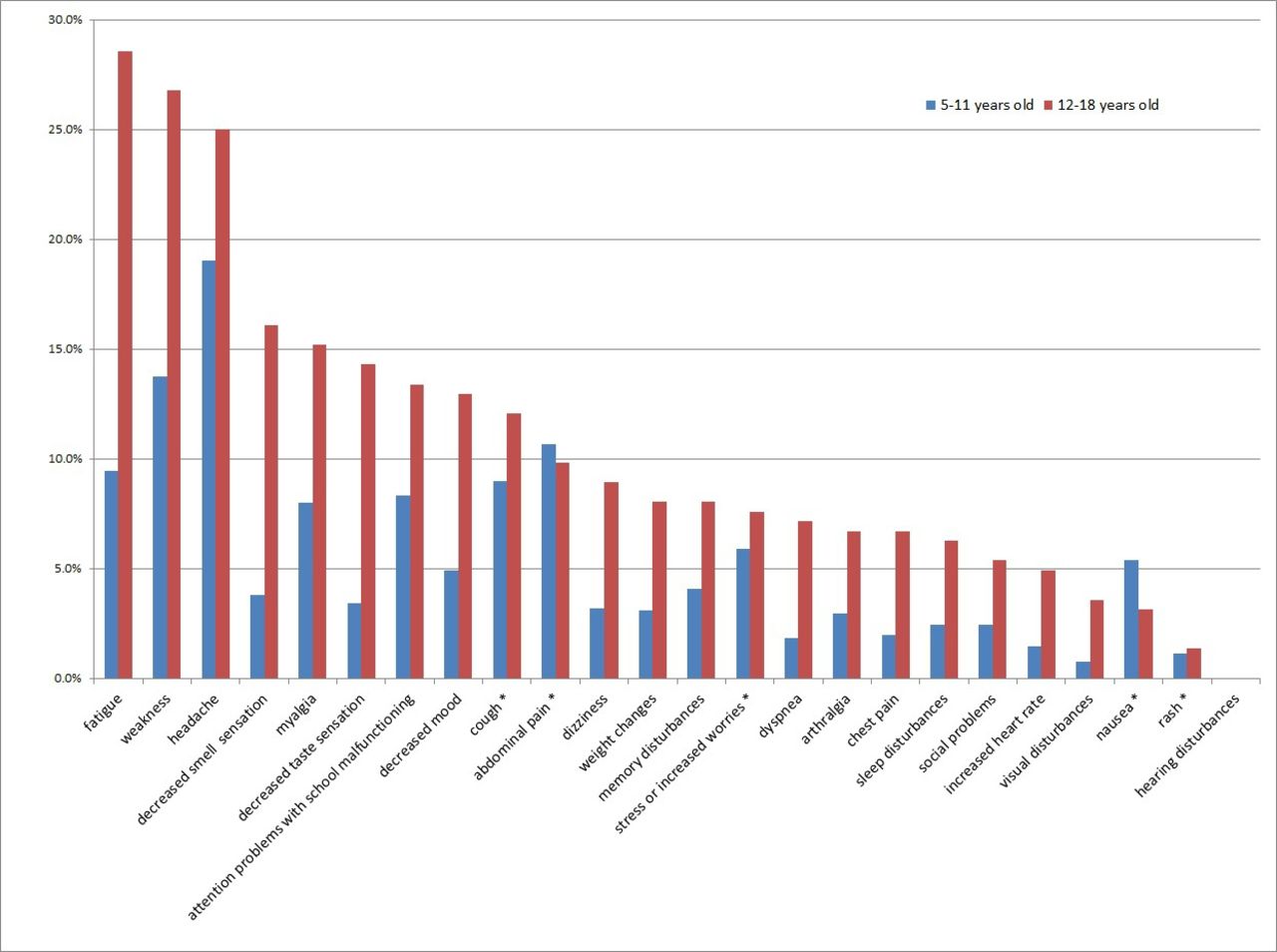- Adler L, Israel M, Yehoshua I, et al Long COVID symptoms in Israeli children with and without a history of SARS-CoV-2 infection: a cross-sectional study BMJ Open 2023;13:e064155. doi: 10.1136/bmjopen-2022-064155
The pandemic's impact on young people
A recent study sought to estimate the prevalence of long COVID symptoms in children who had or did not have a history of SARS-CoV-2 infection and to assess the associated factors.
The nationwide cross-sectional study in primary care was conducted in Israel and involved 3240 parents of children between 5 and 18 years of age, who completed an online questionnaire (11.9% response rate): 1148 children had contracted SARS-Cov2 and 2092 had no history of infection.
The primary outcome sought was the prevalence of long COVID symptoms in children with or without a history of infection.
The secondary outcomes were the factors associated with the presence of symptoms and failure to return to baseline health status in children with a history of infection, including the variables of sex, age, time since illness, symptomatic illness and vaccination status.
Long COVID in children: main results of the study conducted in Israel
Most symptoms in children after SARS-CoV-2 infection were prevalent in the older age group (12-18 years) compared to the younger age group (5-11 years).
Figure 2 highlights the rates of symptoms in children with a history of COVID-19 disease by comparing them between children aged 5-11 years and adolescents aged 12-18 years. Symptoms with insignificant differences between the age groups are marked with an asterisk (*).
Long COVID symptoms were logically prevalent in children with previous infection:
- headaches (211 (18,4%) vs 114 (5,4%), p<0,001)
- weakness (173 (15,1%) vs 70 (3,3 %), p<0,001)
- fatigue (141 (12,3%) vs 133 (6,4%), p<0,001)
- abdominal pain (109 (9,5%) vs 79 (3,8%), p<0,001).
However, some symptoms were more frequent in children without a history of SARS-CoV-2 infection, including:
- attention problems with failures in school performance (225 (10,8%) vs 98 (8,5%), p=0,05)
- stress (190 (9,1%) vs 65 (5,7%), p<0,001)
- social problems (164 (7,8%) vs 32 (2,8%))
- weight changes (143 (6,8%) vs 43 (3,7%), p<0,001).
This study suggests that the prevalence of long COVID symptoms in young people with a history of SARS-CoV-2 infection may be higher and more prevalent in adolescents than in young children. Some of the symptoms, mainly somatic symptoms, were more prevalent in children without a previous infection, highlighting the impact of the pandemic itself rather than the infection.
